Preparation and properties of waste paper pulp fiber reinforced starch-based composite foaming material
3. National key of non-ferrous metals and materials processing technology of Guangxi University. The apparent density of the foam matrix was determined according to GB/T6343- 2.4.3 Water absorption 2.4.4 Foamed fracture section of the foamed material, vacuum sprayed gold, and the morphology of the cell was observed by scanning electron microscopy (SEM).
3 Results and discussion 3.1 Apparent density shows that with the increase of NH4HC3 foaming agent content, the apparent density of the material decreases first and then increases, and finally stabilizes. When the content of the foaming agent is <1.2%, as the content of the foaming agent increases, the amount of gas generated increases, the number of cells per unit area increases first and then decreases, and the pore diameter decreases, so that the apparent density of the material decreases. When the content of the foaming agent is > 1.2%, the content of the foaming agent is excessive, the amount of gas is excessive, and the cells are broken or merged, so the density of the material is increased.
It can be seen that as the content of the foaming agent increases, the expansion ratio of the material increases first and then decreases. When the content of the foaming agent is <1.2%, the expansion ratio of the foaming material increases as the content of the foaming agent increases, and when the foaming agent content is 0.4% 0.8%, the expansion ratio changes significantly faster than 2%. If the foaming agent is excessive, the cell may be broken or merged, and thus the expansion ratio of the foamed material is decreased.
Effect of NH4HC3 foaming agent content on foaming ratio of foaming material 3.3 Water absorption It can be known that the water absorption rate of the material increases first and then decreases with the increase of foaming agent content. When the foaming agent content is <1.2%, the unit of material The number of cells in the area gradually increases, and the pore diameter of the cells gradually decreases, which makes the material more and more easy to absorb water and has a good absorption effect. When the foaming agent content is 1.2%, the material has the largest number of cells, the smallest pore size and a relatively uniform distribution. This structure greatly increases the specific surface area, which is beneficial to absorb moisture and retain water. Therefore, the water absorption rate is the highest at this time. However, when the foaming agent content is >1.2%, the water absorption rate of the material is lowered very rapidly, which is due to excessive foaming agent content, cracking and merging of the material cells, and therefore, the water absorption rate of the material is greatly reduced. The increase of the linear size of the foamed material before and after absorption increases first and then decreases with the increase of the foaming agent content, that is, the linear dimensional stability of the material decreases first and then increases, which is similar to the effect of the foaming agent on the water absorption rate. The water absorption of the material and the stability of the linear size have an important influence on the degradation of the material. Therefore, the overall analysis shows that the material has good biodegradability.
Effect of NH4HC3 foaming agent content on water absorption and elongation of foamed material 3.4 Foaming form 3.4.1 Effect of foaming agent content on cell morphology From observation, it can be seen that with the increase of foaming agent content, material foam The number of holes increases first and then decreases, and the pore size gradually increases. When the content of the foaming agent is <1.2%, the number of cells of the foamed material increases, the pore diameter increases; when the foaming even breaks and merges, the number of cells decreases.
When the dosage is >1.2%, the gas generating amount of the foaming agent increases, the cells become larger, the NH4HC03 content affects the foaming morphology of the material, and the effect of the waste paper pulp content on the cell morphology is observed. When the waste pulp content is 10%, it is known that when the waste pulp content is 10% The composite material has insufficient melt strength, uneven cell distribution, partial cell rupture and relatively large pore diameter. When the waste paper pulp content is 20%, the number of cells of the material is large, the pore diameter is small and the distribution is relatively uniform, which is also waste. When the pulp content is 20%, the material rebound rate is the best; when the waste paper content is 30%, the excess waste paper pulp is prone to agglomeration, resulting in cell distribution and uneven size, resulting in material The rebound rate is reduced.
Li and Zhu et al. showed that after the fiber was added, the starch melt cross-linked to form a three-dimensional network structure, which increased the melt strength of the starch, facilitated the uniform expansion of the bubbles, formed dense and uniform cells, and reduced the bubbles during the extrusion process. When it escapes, the shrinkage rate of the sheet is lowered. When the amount is excessively added, the melt strength is too high, the elasticity is insufficient, and the bubbles are difficult to rapidly and uniformly expand, so that the cells are small and small, and the expansion ratio is remarkably lowered.
Effect of waste paper pulp content on foaming morphology of materials 4.3 Effect of composite plasticizer content on cells of foaming material There are many hydroxyl groups in starch molecules, which easily form hydrogen bonds between molecules and molecules, so the intermolecular force is greatly increased. The melting point of starch is higher than its decomposition temperature. Therefore, starch cannot be melt-processed by thermoplastics, and it must pass through a plasticizer to lower its melting point, thereby providing thermoplastic processing capability. Ma Xiaofei and other studies found that urea / formamide and starch interaction stability, can effectively inhibit starch rejuvenation and brittle. Therefore, the composite plasticizer glycerin/urea is used in this paper. Both glycerin and urea are small-molecule plasticizers. During extrusion and melting, under the action of heat and screw shear force, they can penetrate into starch molecules and starch molecules. The hydroxyl groups in the chain undergo hydrogen bonding, which provides a good plasticizing effect on the starch. It can be clearly seen that when the content of the composite plasticizer is 20%, the compatibility of the starch with the waste paper pulp is poor, so the cell size is very uneven, and when the composite plasticizer content is 30%, the starch is compatible with the waste paper pulp. The properties are better, the number of cells is larger, and the cell size is evenly distributed. Therefore, the material has the best rebound rate. When the content of the composite plasticizer is 40%, the plasticizer content is excessive, and the melt viscosity is lowered, so that the material becomes very soft, and therefore, the cells become large or even broken.
The effect of composite plasticizer content on the foaming morphology of materials Ma Xiaofei, Yu Jiuyi. Urea and formamide plasticize thermoplastic starch. Journal of Polymer Science, 2004, 4: The density of materials increases first and then increases with the increase of foaming agent content. When the content of foaming agent is 1.2%, the density of materials is the smallest as the content of foaming agent increases. The number of holes increases first and then decreases, and the pore size gradually increases.
When the waste pulp content is 20%, the material has a large number of cells, a small pore size and a relatively uniform distribution.
When the content of the composite plasticizer is 30%, the number of cells of the material is large, the pore diameter is small, and the distribution is uniform.
(Finish)
- 18MM SK5 BLADE: Durable, sharp and retracting smoothly. Snap-off design keeps the blade always sharp and ready to go!
- AUTO-CHANGE MECHANISM: Change blade automatically. Simply push the button to top, pull off the used blade, then push the button back to bottom, then push up, the blade will be self-reloaded.
- ANTI-SLIP HANDLE:Soft TPR material and ergonomic design provides comfortable grip, reduce fatigue from long-time working. Built in with a blade cartridge which can store 3 blades.
-
WIDELY USED:Cutting boxes, tape, drywall, leather, cardboard, rubber, kevlar, linoleum,etc. Perfect for daily use, handcraft tasks. Keep one at home, office, school,garage, warehouse, anywhere you need it.

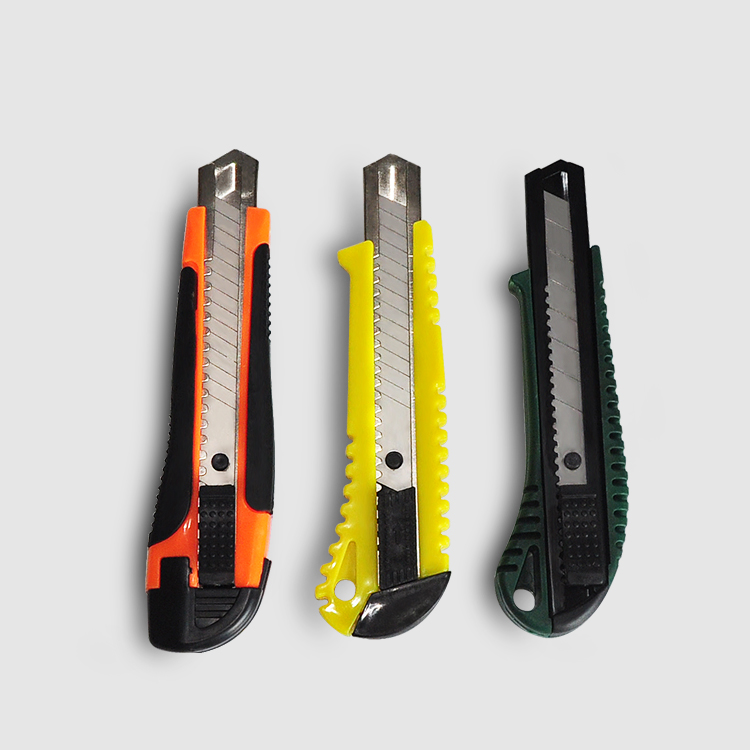

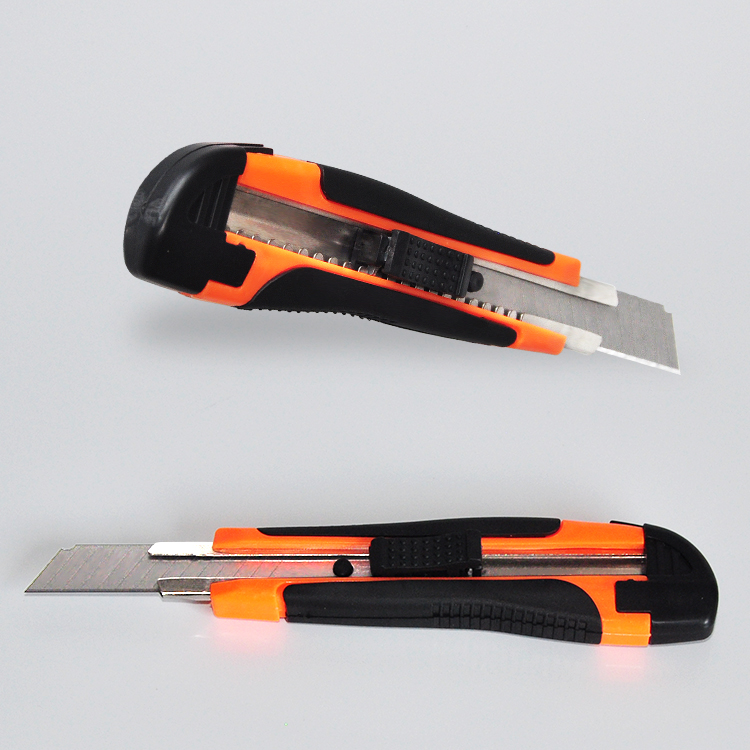
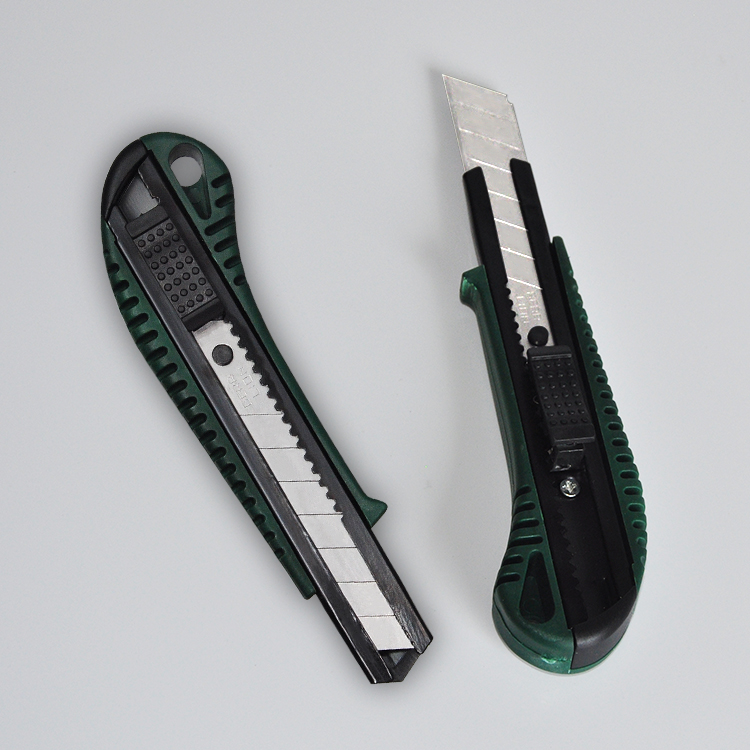
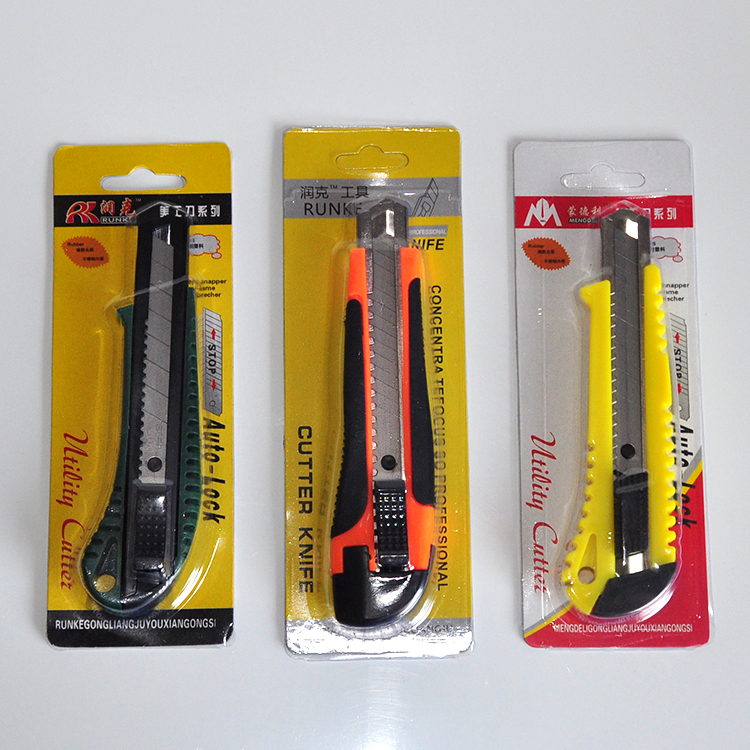
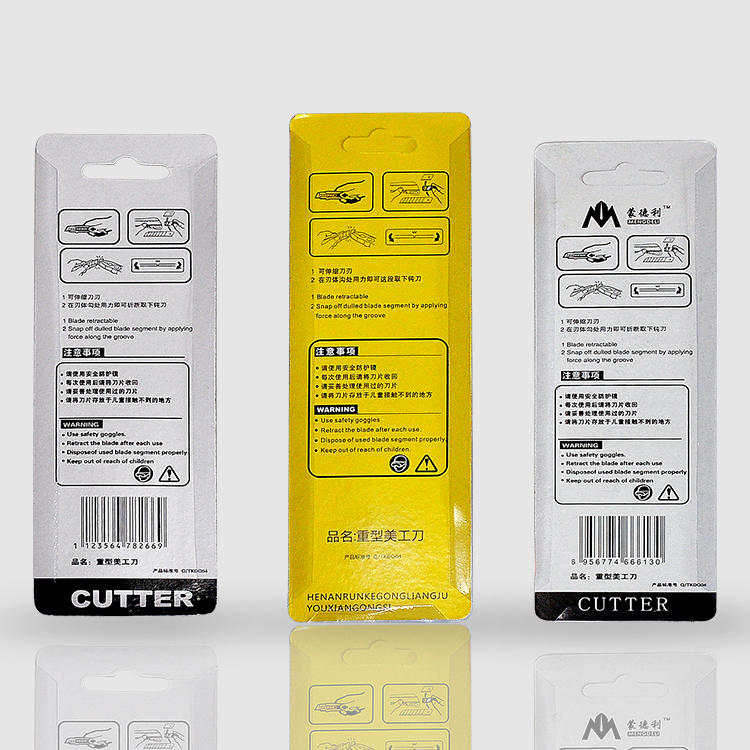
Custom Utility Knife,25MM Cutter Knife,Retractable Utility Knife
Wintape Measuring Tape Company , https://www.wintapetape.com